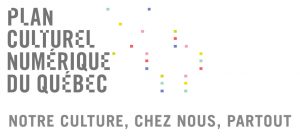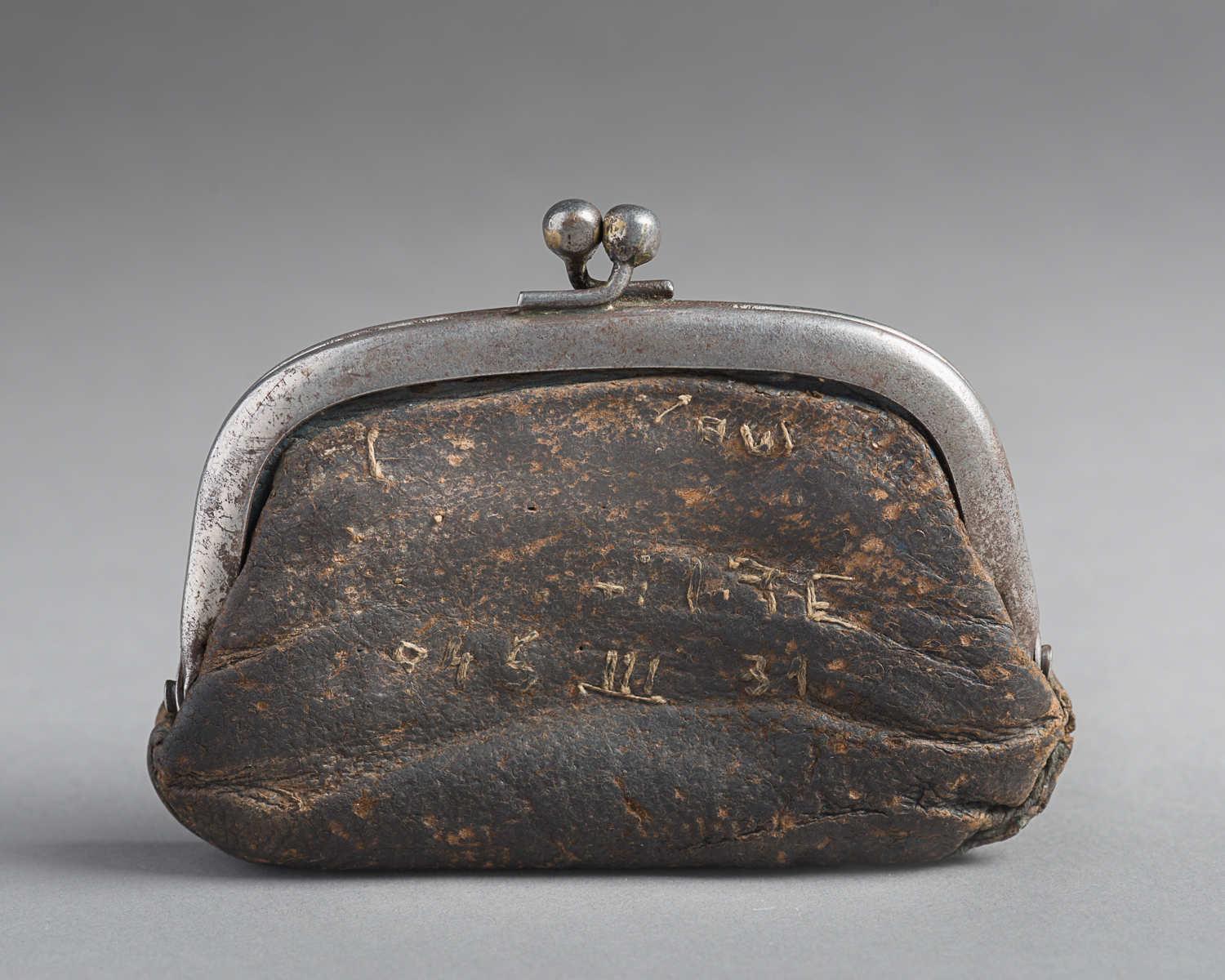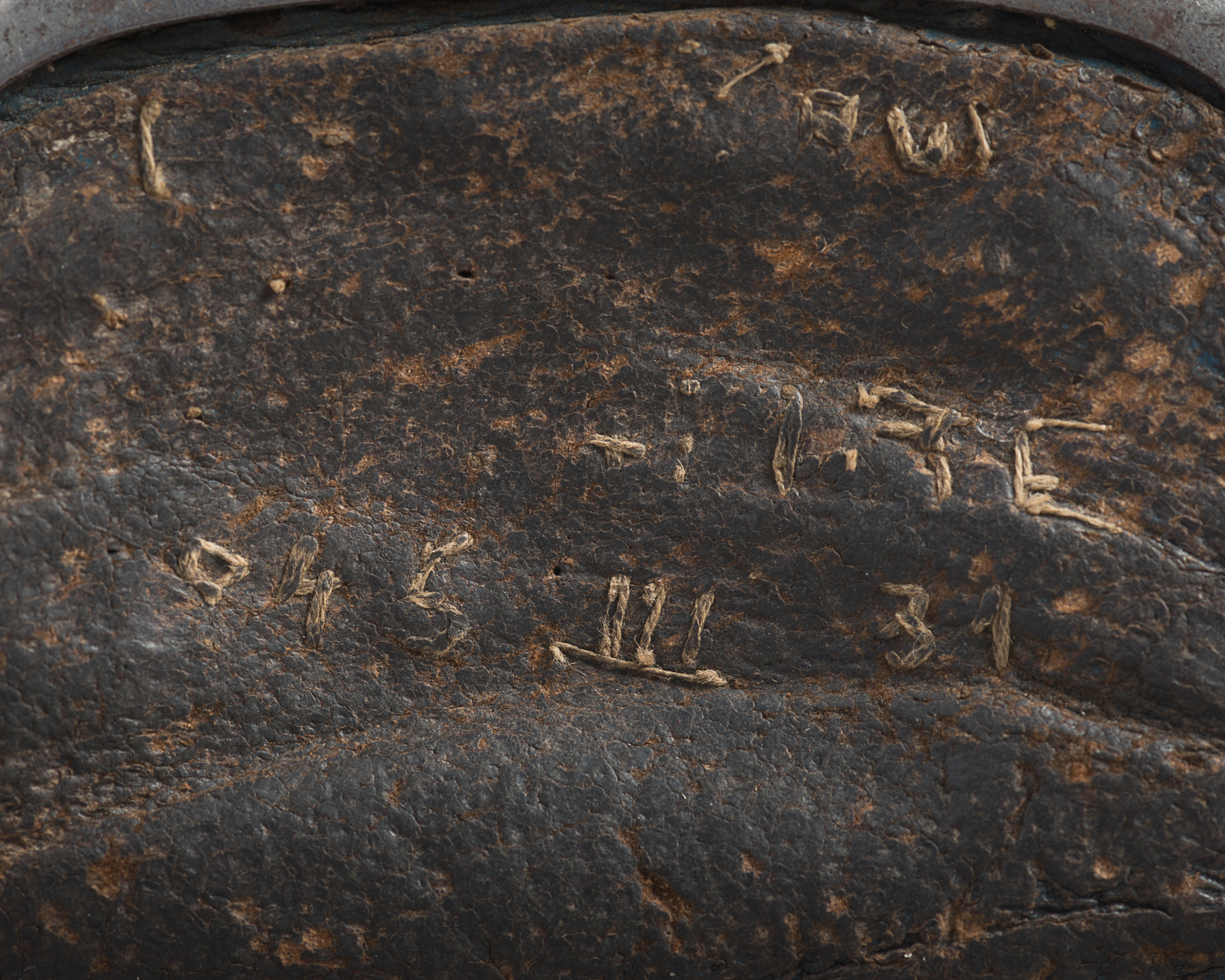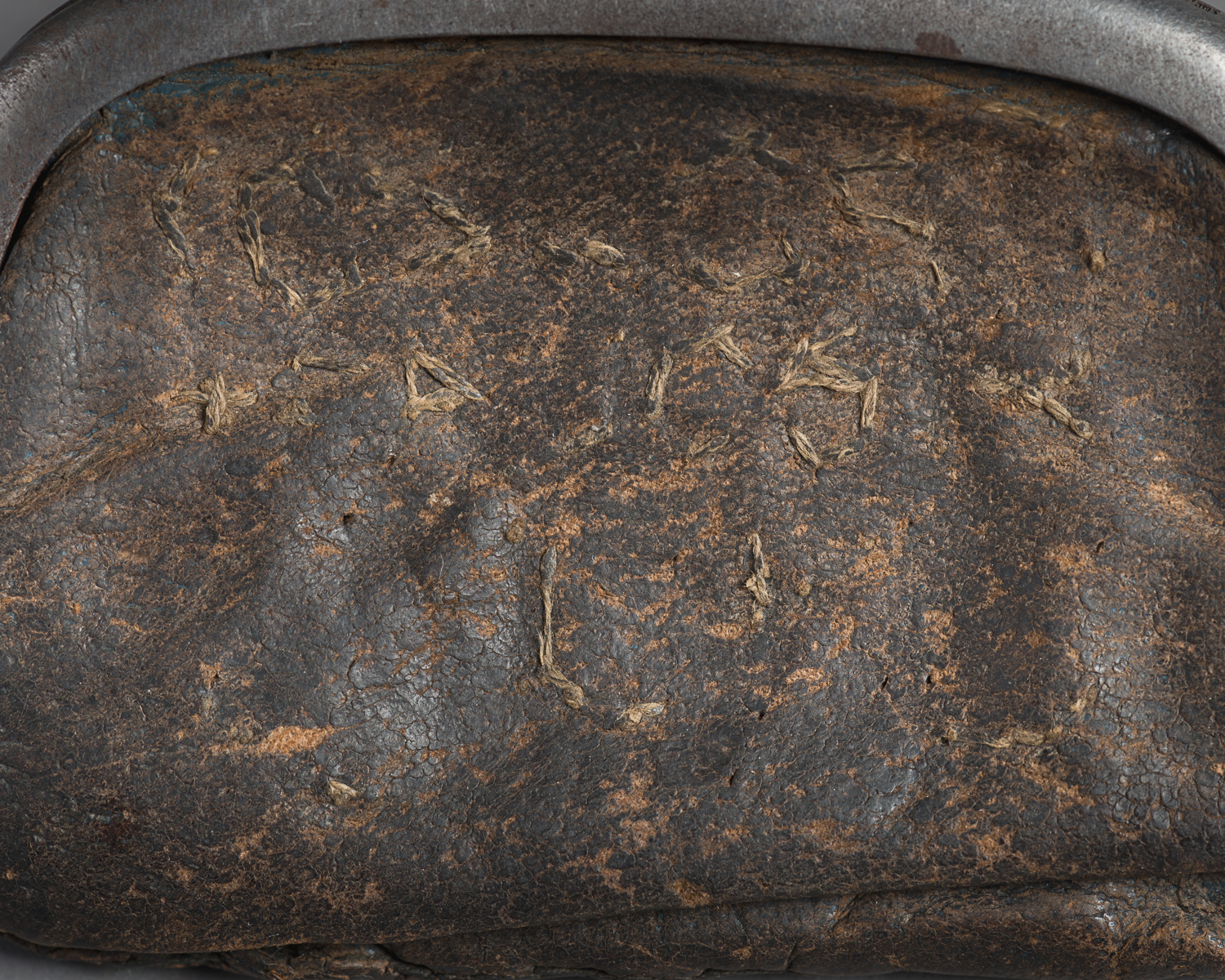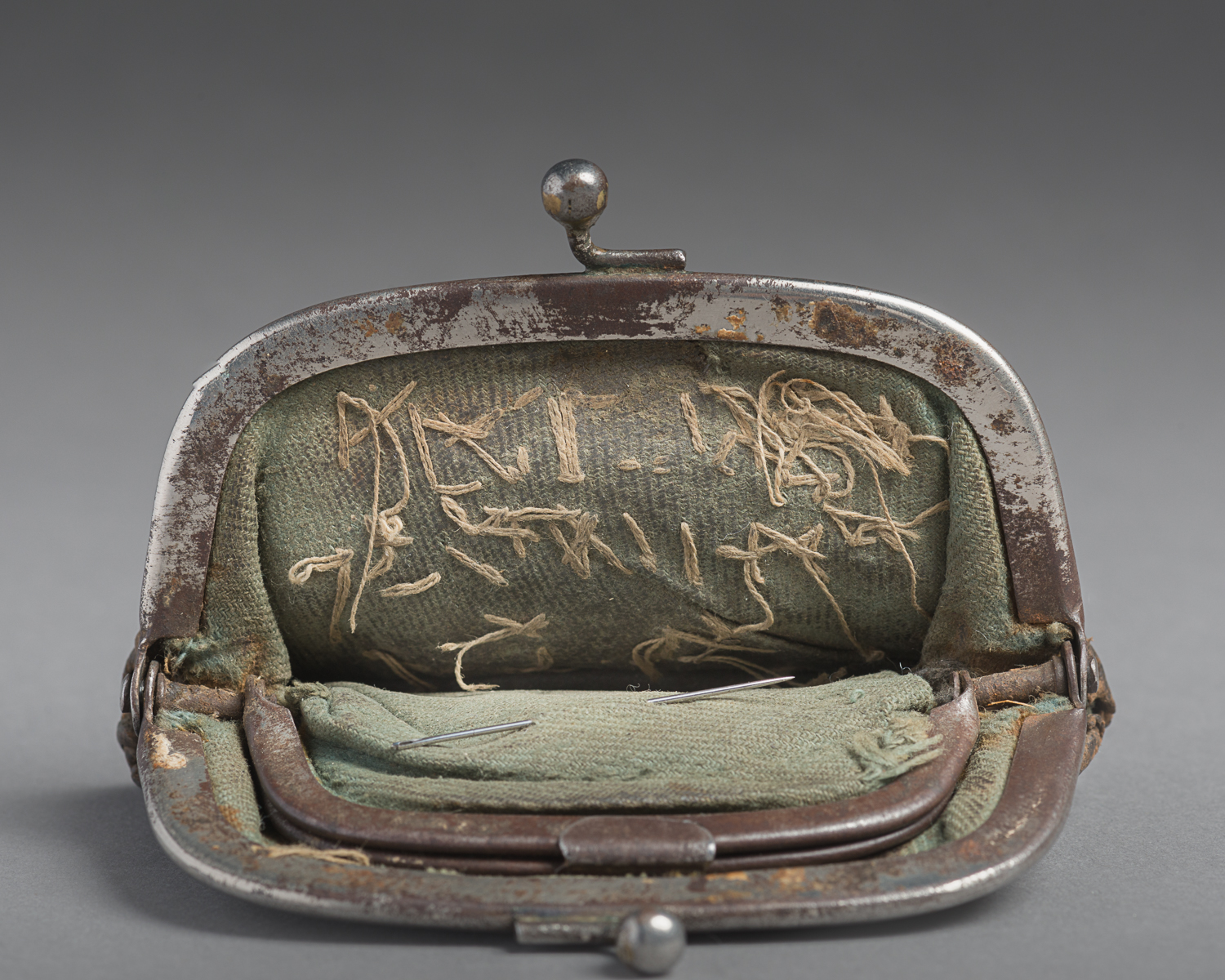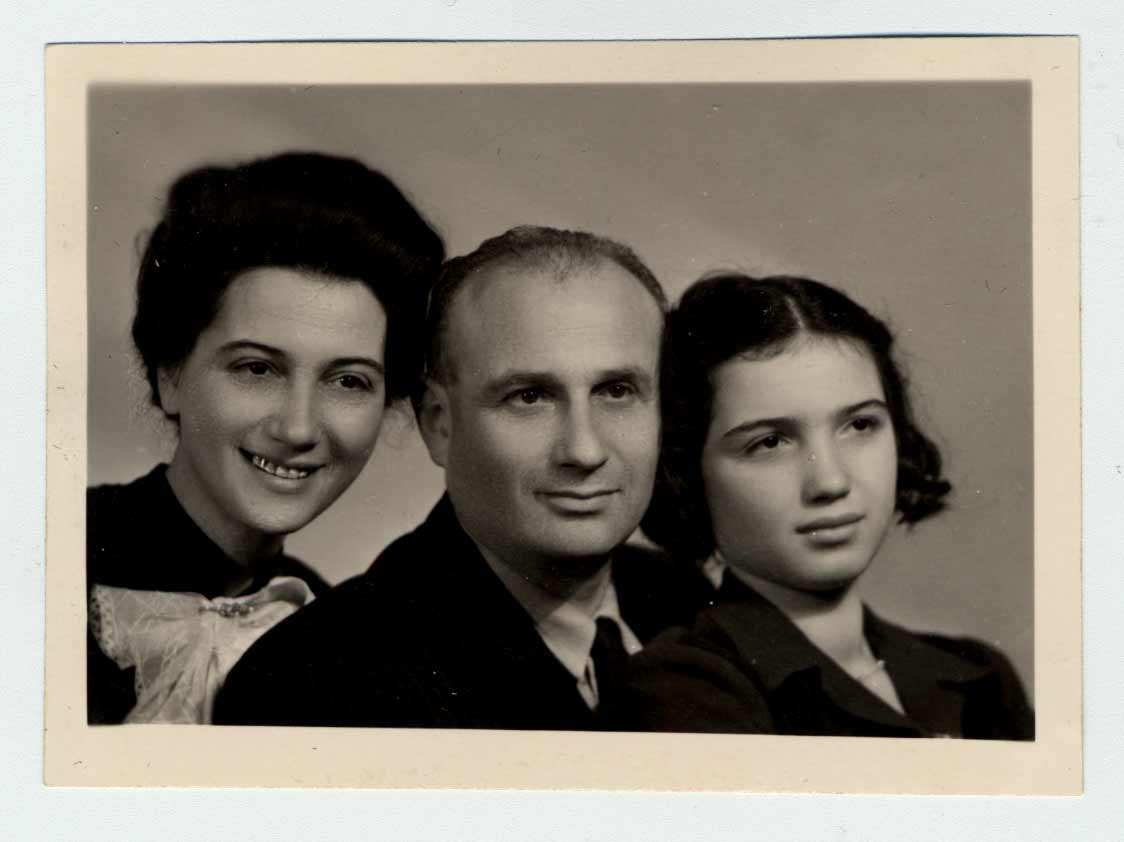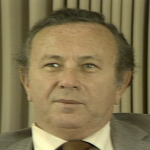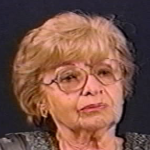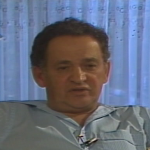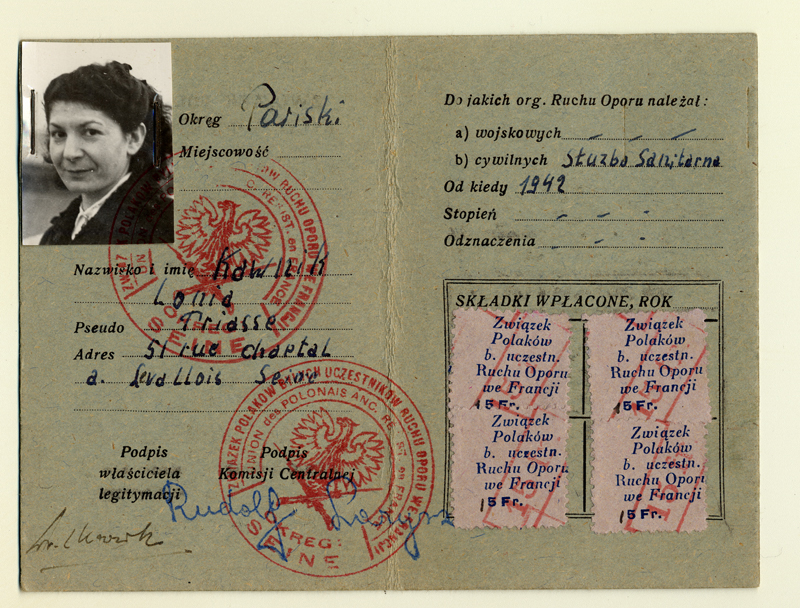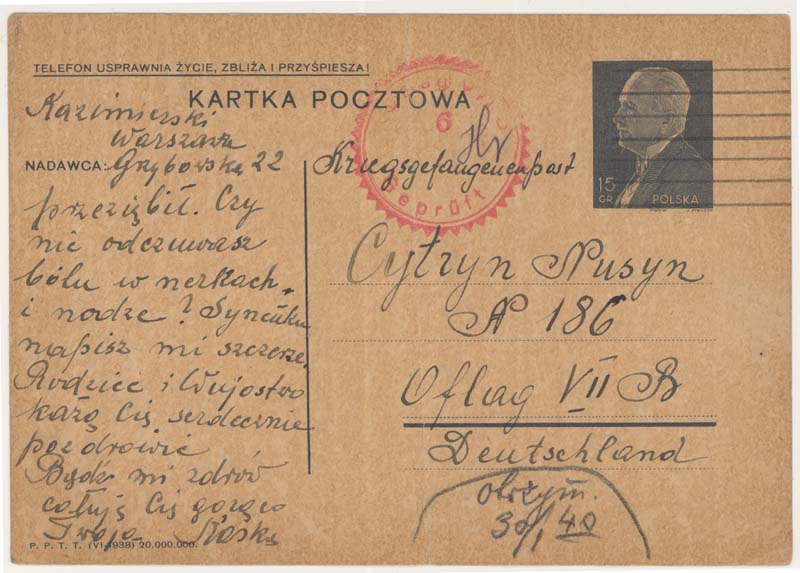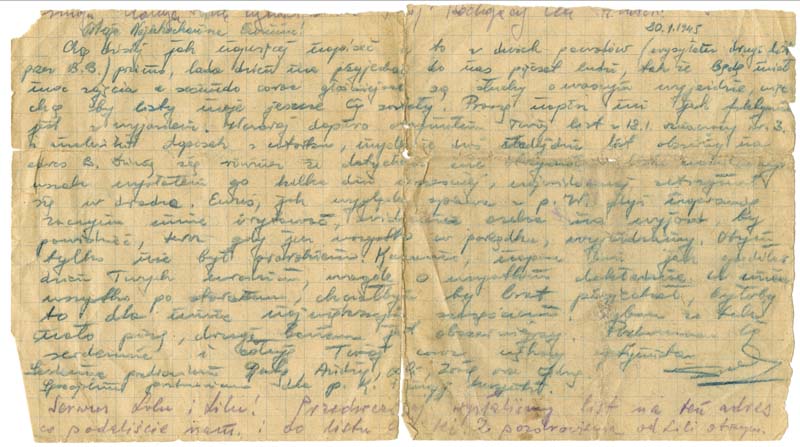This wallet, embroidered with the names and birthdays of both his wife and daughter, belonged to Paul Garai. While imprisoned in Nazi concentration camps, Paul repeatedly embroidered the leather to maintain hope. Whenever he ran out of thread, he would pull out the stitches and start again.
Prisoner at Dachau and Bergen-Belsen
Originally from Budapest, Paul Garai was deported to the Dachau and Bergen-Belsen camps in Germany. Many prisoners risked their lives to hide personal objects. His faith and this wallet helped Paul survive hoping that he would see his family again.
After liberation, Paul was reunited with his wife Lona and daughter Veronica in Budapest. The family immigrated to Canada in 1958.
Veronica donated her father’s wallet to the Montreal Holocaust Museum in 2002.
This project is part of the implementation of the Plan culturel numérique du Québec